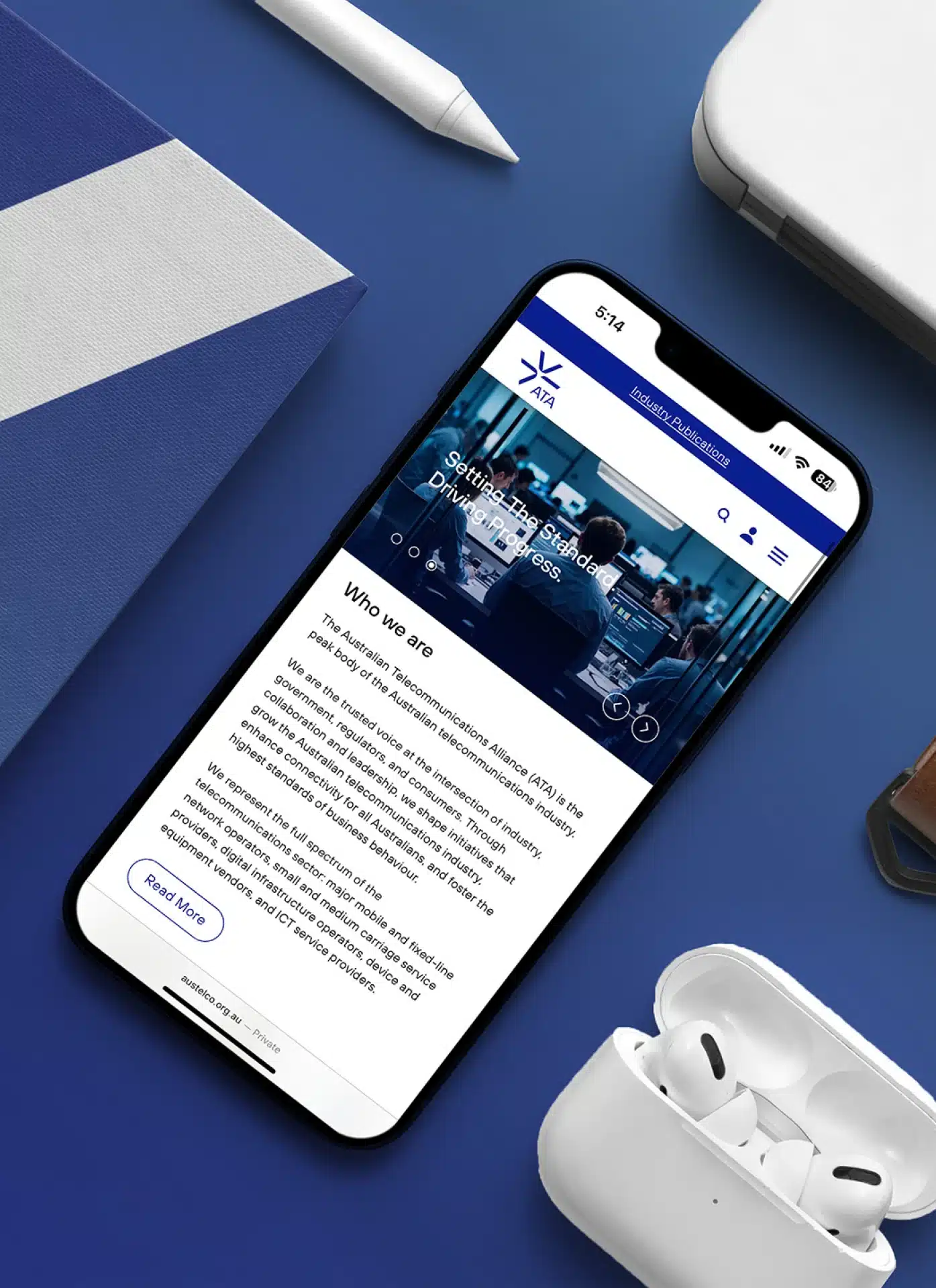Unfortunately, core graphic design skills are no longer enough. It might sound weird to say it but the skills you learned at university will only get you so far. Design is a competitive profession, and ultimately, you need to be more striking to employers and clients than your rivals if you want to accelerate your career in graphic design.
This means you constantly need to be growing your skillset, year on year, both in terms of adding new skills like animation, motion design, UI or UX design, and developing your soft skills too.
You’re probably asking yourself what’s the cost of not doing so?
Well, we won’t sugar-coat it. Potentially, it means failing to secure a job, missing promotions, and feeling like you’re being left behind as others overtake you in your career. Unfortunately, these soft skills aren’t usually taught in university courses, which can lead to graphic designers being held back, not just at the start but throughout their careers.
Our advice? Learn, learn, and learn some more. Our studio has explored what some of these extra skills look like and how focusing on them can help you in your graphic design career.
1. Have the ability to generate ideas
You need thinking skills and ideas. Anyone can make things look pretty, but authentic ideas add massive value to any design project. It’s getting more difficult to find designers and creatives with great ideas.
2. Communication
It doesn’t end with coming up with great ideas, designers need to communicate those ideas. Designers need to be able to defend their decisions with thoughtful words explaining why they are proposing the solution they’ve put forth. It’s about clearly communicating what others can’t see, into something that creates a connection to the design.
3. Social skills
Working as a graphic designer is above all about dealing with people, from colleagues to clients. The ability to understand the client’s needs and wants and translate them into design solutions with a functional or emotional connection is essential. Developing personal skills such as empathy, negotiation, taking and giving criticism with tact, collaborating with people of different fields, and communicating issues before they become problems are skills that can’t be easily taught.
4. Business skills
One of the biggest gaps in studying design is often the business skills you need to succeed. Skills like pricing and presenting are a real advantage in the graphic design industry, especially if you are working in a small agency.
Conclusion
Understanding the fundamentals of design and mastering modern creative software is a great place to start, but this is by no means enough on its own to ensure a successful career. In short, the creative industries require you to have the right mindset, not just the right skillset. The ability to communicate ideas effectively, adaptability, eagerness to learn, and not being afraid to ask questions are incredibly useful skills.
Good graphic design requires great listening, observation, drive, creativity, empathy, courage, lateral thinking, and much more. The hard skills are simply a tool in the belt. The mind behind it, experiences, and personal traits are the pillars of great work.




